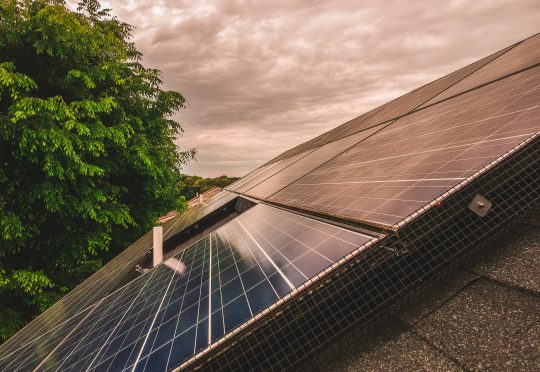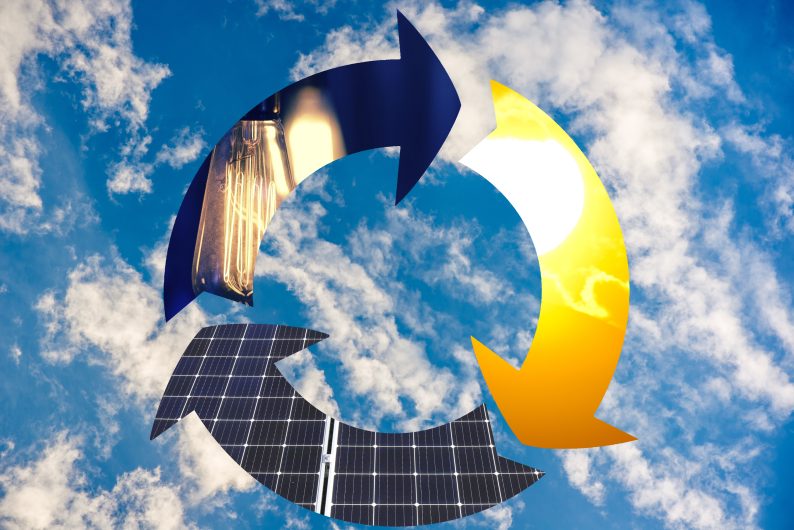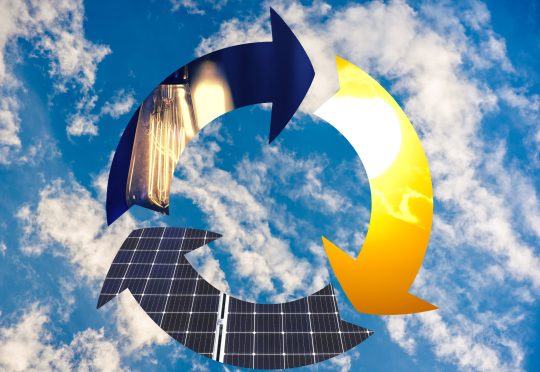
In the last two years, more than 1 million homes installed solar panels, and it’s growing at its fastest pace yet. An important consideration is: what should you do with the leftover panels? The panels last approximately 30 years, but with the significant increase in installations, there will be even more panels to dispose of, making it crucial to have a plan in place for solar panel recycling.
While we’re still at the beginning stages of it, soon, recycling solar panels will be a necessity. Here’s what you need to know.
Can you Recycle all Parts of Solar Panels?
Certain parts of solar panels cannot be recycled or require a special recycling process.
The metal framing, glass sheets, and copper wiring can all be recycled normally. However, the silicon solar cells, which capture solar power, have a more complicated recycling process. They aren’t as recyclable as glass or metal and must be recycled by specialty companies that melt the cells down and reuse them.
How to Recycle Solar Panels
Like most things, there are several ways to recycle solar panels. Of course, the most common is to reuse them, but there is also mechanical and chemical recycling.
Recycling Solar Panels
Recycling solar panels means reusing them in other places. However, there’s one problem. Most solar panels being disposed of are past their useful life, so the materials can’t be used for solar power generation.
However, there are some uses, such as off-grid applications, where they don’t require the latest technology or high-powered panels. They may also work for areas with small solar needs but can’t be reused on another house or business.
Mechanical Recycling
Mechanical recycling is the typical recycling method. This method breaks the panels down into components and uses them for other purposes.
Solar panels break down into aluminum framing, glass, silicon, and wiring. This recycling method gets the most out of the panels, allowing them to provide more use for other purposes.
Chemical Recycling
This recycling method isn’t as common but is more efficient than mechanical recycling. Instead of manually separating components, this method separates the parts at a molecular level, using each workable piece of the panels.
Reasons to Recycle Solar Panels
So why consider recycling solar panels? Here are the top reasons.
Helps the Environment
You’ve done your part using solar panels to decrease energy usage, but recycling solar panels can help the planet even more. Without recycling the materials in them, you put hazardous waste back into the environment.
When you recycle solar panels, you keep them out of landfills and possibly give them a chance at more life.
Save Rare Resources
Some parts of the solar panel system are rare and even being depleted. Recycling solar panels allows companies to reuse certain parts of the panels, preserving the little resources left to avoid running out of them.
Challenges in Solar Panel Recycling
Several challenges currently hinder effective solar panel recycling. Key issues include the economic disparity between recycling and landfill disposal costs, the complex material composition of solar panels, and the lack of coherent regulations governing their disposal. Addressing these challenges will be vital for ensuring the sustainable growth of the solar energy sector and minimizing its environmental impact.
Economic Disparity
The high cost of recycling solar panels poses a significant challenge. Recycling a silicon PV module costs $15-$45 per unit in the US, whereas landfill disposal is just $1-$5, creating a vast price disparity that makes recycling far less viable for most recyclers currently.
Complex Material Composition
Solar panels contain a complex mix of materials, including valuable metals like aluminum, silver, copper and polysilicon, as well as toxic substances like lead and cadmium which require specialized handling. Dismantling, sorting and processing panels also necessitate capital-intensive techniques, driving up costs. Limited efficient and scalable recycling technologies presently hamper maximizing material recovery from solar panels.
Lack of Coherent Regulations
Regulations on e-waste and solar disposal vary globally, causing compliance issues. Many countries lack solar panel recycling regulations altogether. Uniform standards and mandates could stimulate recycling but require policy action.
Despite the current challenges, recyclable materials in panels could be worth $2.7 billion by 2030 and $15 billion by 2050. By addressing the existing economic, technical, and regulatory challenges, stakeholders can unlock the full potential of solar panel recycling and pave the way for a greener and more sustainable future.
FAQ
Can solar panels be recycled entirely?
A majority of solar panels can be recycled, but not all parts. However, in most cases, you can recycle up to 90% of the parts, which helps the environment and may even have an economic impact by preserving depleted resources.
What percentage of solar panels are recycled?
Unfortunately, only about 10% of solar panels are recycled. Currently, the US legislation doesn’t require it, which could lead to immense PV waste.
In contrast, the European Union has implemented regulations such as the Waste Electrical and Electronic Equipment (WEEE) Directive, which enforces solar panel recycling and establishes targets for recycling rates.
Is disposing of solar panels bad for the environment?
Solar panels could be hazardous in landfills because they often contain harmful metals, including lead and cadmium. In addition, depending on the levels in the solar panels, they could create dangerous waste.
Final Thoughts
Solar panels are good for 30 years usually, so most homes are still in their infancy stage with solar panels. As your panels age and need replacing, consider working with a company that will recycle them to preserve the environment.

